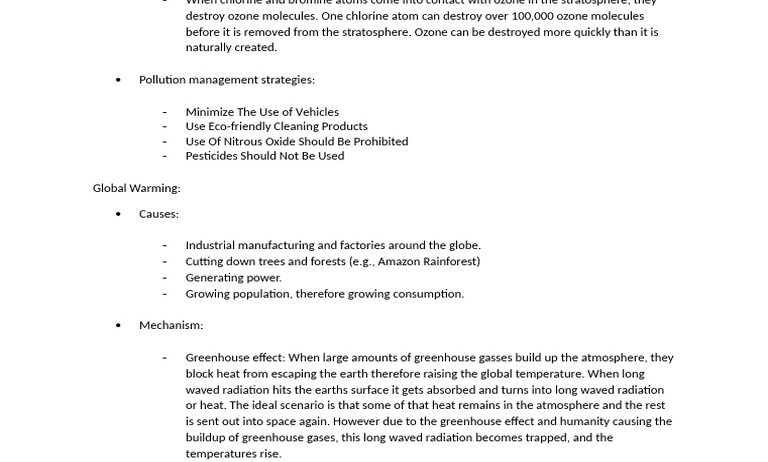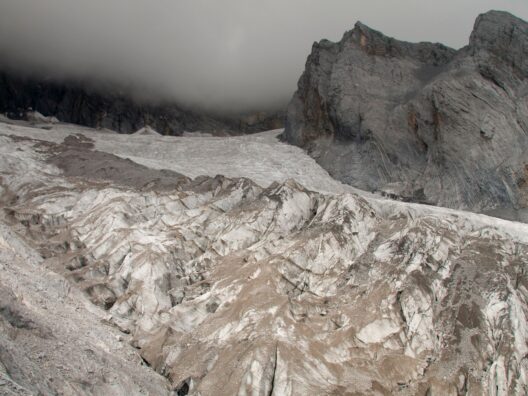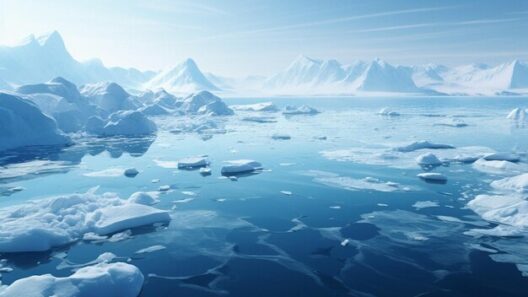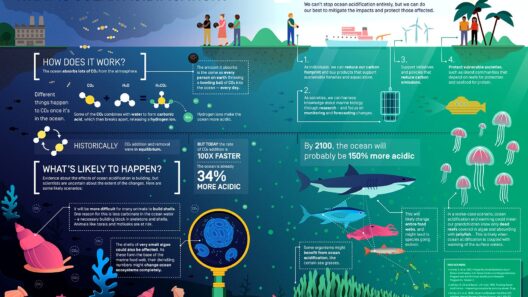The intricate relationship between ozone depletion and global warming is a multifaceted issue that has garnered significant attention in environmental science. While at first glance these two phenomena may seem disparate, they are interconnected in ways that merit exploration. Understanding whether ozone depletion causally influences global warming or merely coincides with it requires a comprehensive analysis of atmospheric science and ecological impacts.
To begin with, it is essential to delineate the concepts of ozone depletion and global warming. Ozone depletion refers to the gradual thinning of the ozone layer, which is primarily located in the stratosphere, approximately 10 to 30 miles above the Earth’s surface. This layer plays a crucial role in absorbing the majority of the sun’s harmful ultraviolet (UV) radiation. A decrease in ozone concentration can lead to increased UV exposure, with deleterious effects on human health, ecosystems, and wildlife.
On the other hand, global warming is defined as the long-term rise in Earth’s average surface temperature due to increasing concentrations of greenhouse gases (GHGs) in the atmosphere, such as carbon dioxide (CO2) and methane (CH4). These gases trap heat from the sun, contributing to the greenhouse effect. While the two processes are driven by different mechanisms, their implications on environmental health are profound and, in some aspects, overlapping.
One of the primary inquiries in this discourse revolves around the question of causation versus correlation. Ozone depletion is predominantly driven by anthropogenic activities, specifically the release of chlorofluorocarbons (CFCs) and other ozone-depleting substances (ODS). These released chemicals facilitate the breakdown of ozone molecules in a series of catalytic reactions. The Montreal Protocol, enacted in 1987, has led to the reduction of CFCs and marked a significant international commitment to mitigate ozone depletion. Research indicates positive trends towards the recovery of the ozone layer due to these efforts, though it will take decades for the ozone levels to return to pre-depletion levels.
Meanwhile, the linkage between ozone depletion and global warming is complex. The stratospheric ozone layer, while often regarded chiefly for its protective qualities, also plays an integral role in the thermal structure of the atmosphere. Ozone, despite being a pollutant at the surface level, is a greenhouse gas at higher altitudes. A reduction in ozone in the stratosphere due to human activity affects atmospheric temperature distribution, potentially exacerbating global warming. The interaction is convoluted; as ozone levels decrease, this can lead to alterations in temperature gradients that may influence weather patterns and climate systems.
Another vital consideration is the role of both ozone depletion and climate change in impacting atmospheric circulatory patterns. Changes in the ozone layer have been linked to alterations in the polar vortex and shifts in cold air masses, contributing to extreme weather events. As global temperatures rise, the dynamic atmospheric processes will continue to evolve, leading to unpredictable outcomes. This feedback loop highlights the urgency of addressing both issues concurrently.
Moreover, increased UV radiation resulting from ozone depletion has various ecological ramifications that potentially interplay with global warming. Elevated UV levels can harm phytoplankton, the foundation of aquatic food webs, hence affecting marine ecosystems and biodiversity. On land, increased UV can hinder plant growth, thereby influencing carbon uptake. A diminished capacity for carbon sequestration presents a worrying feedback mechanism that could intensify the greenhouse effect, aggravating global warming.
There is also the socio-economic angle to consider. Communities reliant on agriculture and fisheries are particularly vulnerable to changes in UV radiation. Crop yields could suffer, leading to food insecurity. In this regard, the consequences of ozone depletion are not just environmental; they have ramifications for human livelihood and economic stability. These intertwined issues showcase the interdependence of ecological systems and human frameworks.
Addressing both ozone depletion and global warming necessitates a comprehensive, synergistic approach. Policymakers must prioritize global efforts for environmental protection that encompass both challenges. Initiatives like the Paris Agreement, aiming to mitigate climate change, can coexist with protocols aimed at the recovery of the ozone layer. By fostering collaboration among nations, the dual pursuit of a stable climate and a restored ozone layer can be realized, benefiting both the planet and its inhabitants.
In conclusion, the relationship between ozone depletion and global warming is complex and nuanced. While ozone depletion alone may not be the sole perpetrator of climate change, it undeniably contributes to the broader spectrum of atmospheric disturbances and ecological havoc. An integrated understanding fosters the capacity to formulate holistic strategies aimed at mitigating environmental degradation. Ultimately, the health of our planet hinges on the recognition of the interconnectedness of these phenomena and the collective action to address them. It is incumbent upon society to pursue sustainable practices, prioritize scientific research, and advocate for global cooperation to safeguard both the ozone layer and the climate from further deterioration.








